Wouldham Court Cement Works
Update June 2015 - This website's domain and web hosting will need renewing within the next year. In order to keep this website online, please consider making a donation of any amount below. We would also welcome any offers from anyone who would be interested in taking the website over. You can contact us at history@wouldhamvillage.com. Thank you.
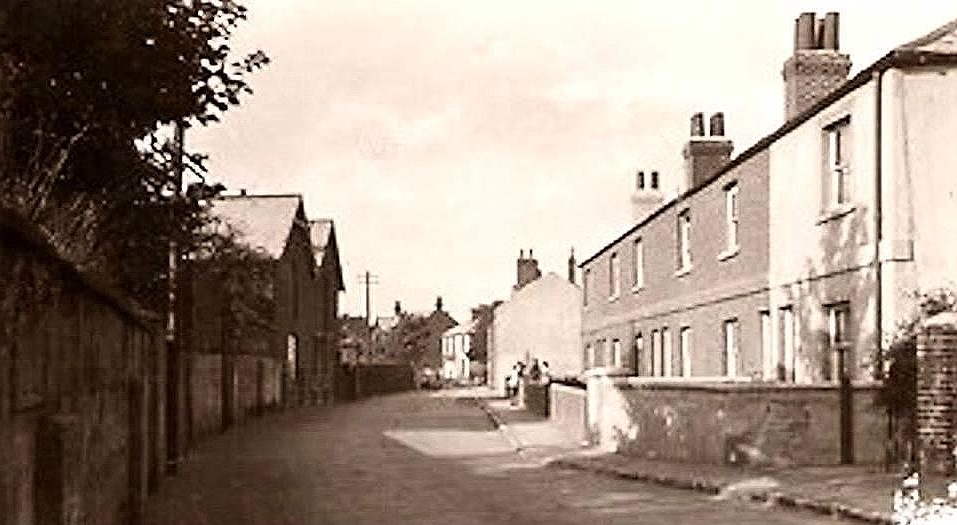
Click on the photo above to enlarge. Photo kindly provided by Roger Webb.
The Wouldham Court Cement Works was the earliest cement works in the area, opening in 1847, and was based on the riverside in the centre of the village, now replaced by Trafalgar Close, where relatively modern housing (1970s) now stands.
In 1855, the first owners of the cement works, Thomas Freen and Co, became bankrupt.
In 1856, the Wouldham Patent Portland Cement Co (who had taken over the works) leased the land necessary to build a tramway to connect the works with the quarry, which was 1,380ft away. Today, over one hundred years later, the path connecting the cement works and the quarry is still referred to locally as the tramway. The tramline had six engines on it.
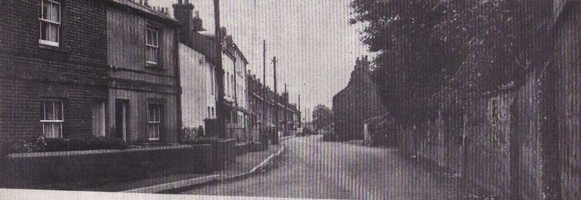
Click on the photo above to enlarge. Photo kindly provided by Wouldham Parish Council.
The quarry was on the site of the former School Farm Lime Works, just behind what is now Cornwall Crescent. The School Farm Lime Works was owned by John Lindridge and had a one acre pit.
The Wouldham Patent Portland Cement Co was wound up by a resolution at an Extraordinary General Meeting held on the 20th September 1859. This company had been formed by a group headed by George Burge. It incorporated in 1857 with a capital of £20,000.
In 1880, A.D Robertson, who ran the plant at the time, sold the plant and moved to South Stifford, Essex to take over the Lions Cement Works, renaming it to the Wouldham Cement Company, causing some confusion in the process. The Essex plant was far larger and more important than any of the Medway plants, not ceasing production until 1976.
Blue Circle took over the Wouldham Court works in 1900, but being a small and inefficient plant, it was closed just three years later. The site lay derelict for approximately seventy years before a housing estate was built over it. The quarry was left open some time after the cement works closure, as a supplementary source of chalk for the plants in nearby Frindsbury.

Approximate location marked by the red circle. © OpenStreetMap Contributors.
More Photos
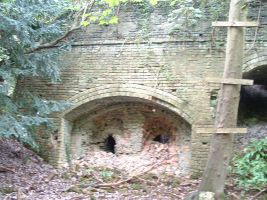
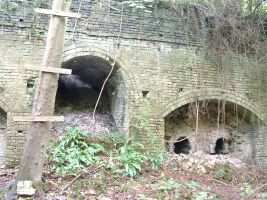
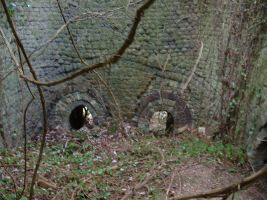
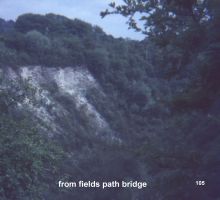
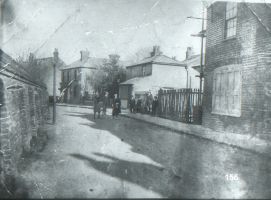
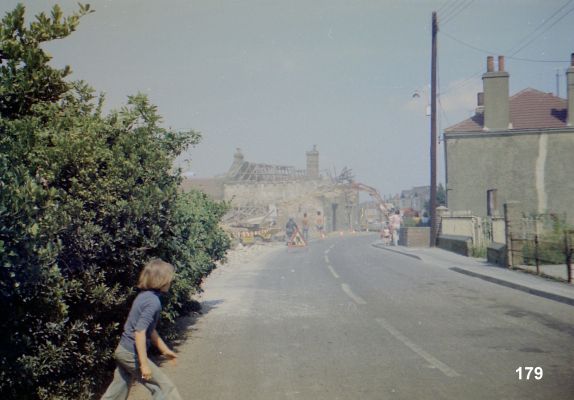
Click on the photo above to enlarge. Photo kindly provided by Roger Webb.
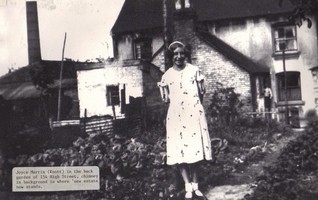

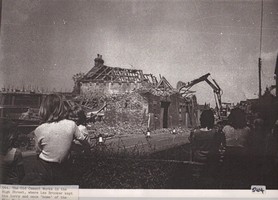
Click on the photo above to enlarge. Photo kindly provided by Wouldham Parish Council.


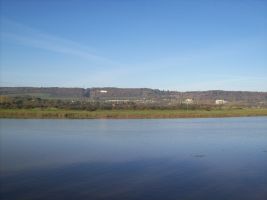
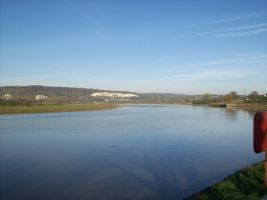
View from cement works site towards Halling.
Further Reading
The excellent Cement Kilns website has a page about these works. Please click here to visit.
Old Newspaper Reports
Maidstone Telegraph - Saturday 18 April 1863
SERIOUS ACCIDENT.- On Thursday last a little boy name George Pledgett, about 9 years of age, while employed on the tramway of the Wouldham lime works received a severe fracture of the arm. He was immediately conveyed to the West Kent General Hospital where every attention was paid him, and considering the serious nature of the injuries, he is now progressing favourably.
Saturday 18th September 1880
Sad death by drowning.- On Thursday Mr. W. J. Harris, coroner, held an inquest at the Medway Arms, Wouldham, touching the death of William Pearson, aged six years, son of John Pearson, lime burner.
The deceased was missed between seven and eight on Tuesday evening and was not found until the following morning, at about seven, when the body was discovered in a water reservoir on the Wouldham Cement Company's Works. It was stated in evidence that the reservoir is close to the public footpath, and that there is no fence or other protection between it at the footpath. It is believed that the poor little fellow was on his way to meet his mother coming from hopping when he feel in the reservoir from the footpath. Verdict, "Accidentally drowned".
Manchester Evening News - Monday 25th September 1899
Thomas Horton, ex-corporal of the Royal Marine Light Infantry, who passed scatheless through the Crimean battles, and wore four medals and two clasps, fell dead while wheeling a barrow at Wouldham Cement Works, near Rochester, on Saturday. He was seventy- four, and had drawn a pension for nearly thirty years.
Guestbook
Do you have any comments or want to contact other people visiting the website? If so, please leave a message in our Guestbook.